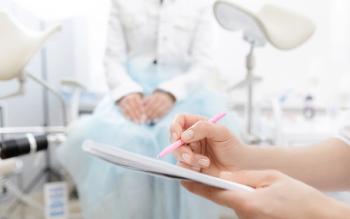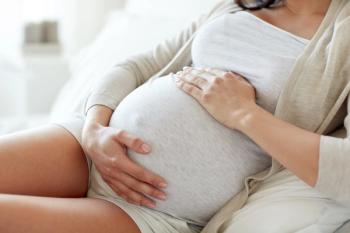
Pre-Conception Counseling; Some Basic Steps
There are several steps that each woman should take before she even tries to become pregnant. A visit to a gynecologist (or qualified internist) should occur at least three months before a couple is ready to conceive. During this visit, a full physical examination should be done.
There are several steps that each woman should take before she even tries to become pregnant. A visit to a gynecologist (or qualified internist) should occur at least three months before a couple is ready to conceive. During this visit, a full physical examination should be done. A Pap smear and cervical cultures should be performed, and blood tests may be indicated to test for anemia or to find out if the woman is immune to rubella or chicken pox. If she is not immune, she may be vaccinated. In these cases, she should wait three months before trying to conceive. If the couple has a cat, blood tests can be taken to see if the woman has antibodies to toxoplasma. If she does not have antibodies, she should use gloves and a mask if she's going to change litter boxes during pregnancy. Perhaps most importantly, a woman should begin taking between 400 and 800 mcg of folic acid (most prenatal vitamins have at least this much) before even trying to conceive. Folic acid has been shown to decrease the incidence of birth defects such as spina bifida (the spinal cord is developed at one month after conception, so that by the time a lot of women realize they are pregnant it may be too late to prevent some defects).
Given the recent advances in understanding genetic diseases, many couples elect to undergo genetic counseling and testing prior to becoming pregnant. Based on the couple's family history, targeted tests can be performed to find out whether a couple is at risk for having a child with certain diseases. Some common examples include Tay Sach's disease for those of Ashkenazi Jewish decent, sickle cell anemia for African Americans, and Cystic Fibrosis for Caucasians. If both husband and wife are carriers for certain diseases, there are new techniques available through a which a couple can undergo in vitro fertilization and have their embryos evaluated before they are implanted into the uterus.
It is extremely important that a woman be as physically fit as possible prior to conception. Maintaining a body of weight no more that 15% above or below ideal body weight will provide an optimal environment for fetal growth period. Most obstetricians recommend that a woman who exercises continue to exercise throughout much of pregnancy, however, some modifications may be necessary. That being said, there are often restrictions placed on the amount of exercise and peak heart rate that a particular pregnant woman should achieve. These guidelines should be applied to the time just prior to conception as well, as the fetus is nearly 2-3 weeks old before most women even know that they are pregnant. Adequate nutrition and hydration must be maintained and overheating avoided (core body temperature [and thus uterine temperature] can exceed 102° by "spinning" or other vigorous exercise in a hot, crowded gym). Attempts to lose weight should occur before, not during pregnancy. A couple should evaluate their surroundings for environmental exposure, as well. Asbestos, lead, and radiation exposures, of course, should be avoided. Cigarette smoking, even second hand, has been shown to decrease birth weight. Caffeine intake should be limited to one serving a day. This includes coffee, tea, Coke and chocolate. Alcohol intake should be limited, if not avoided, in the pre-conceptual period.
Finally, some basic recommendations for trying to conceive
References:
Copyright 1999 Alan B. Copperman, MD
Dr. Alan Copperman can be found at the
Newsletter
Get the latest clinical updates, case studies, and expert commentary in obstetric and gynecologic care. Sign up now to stay informed.















